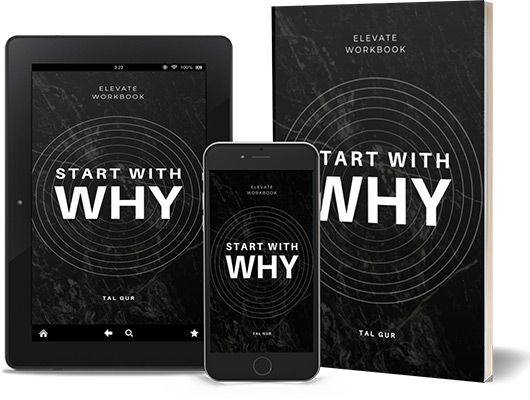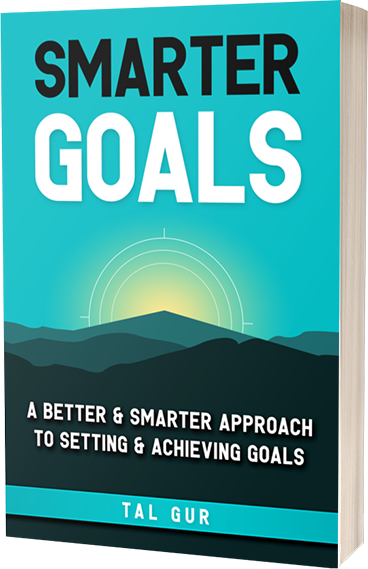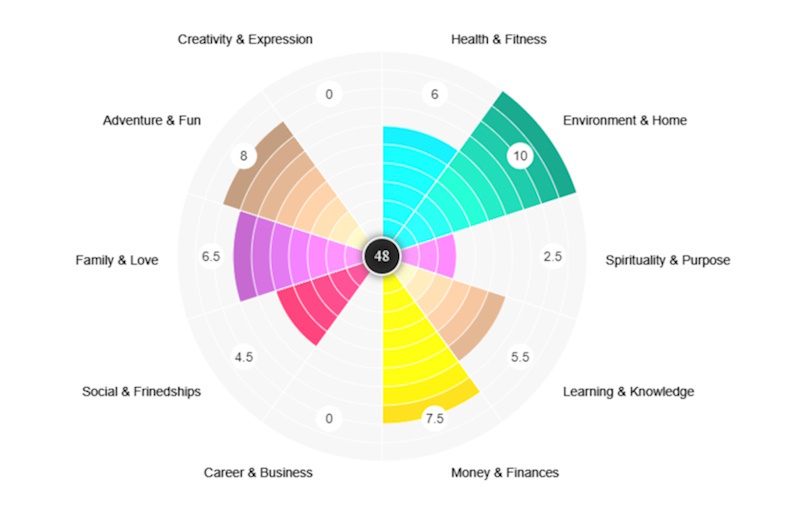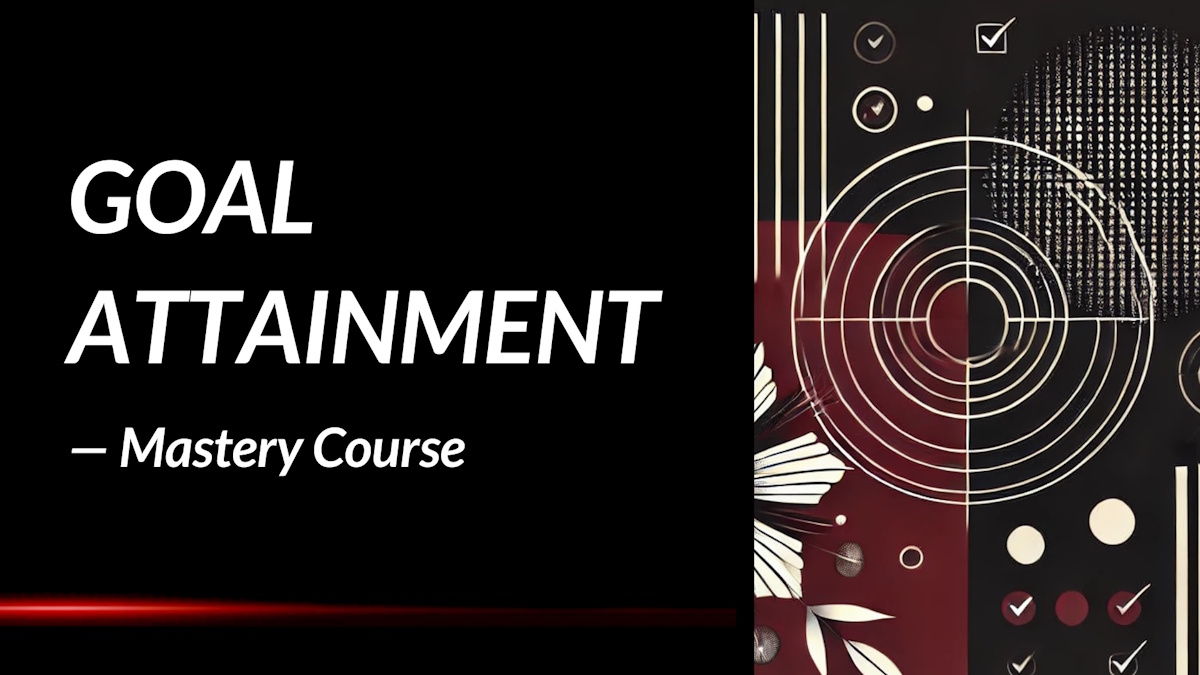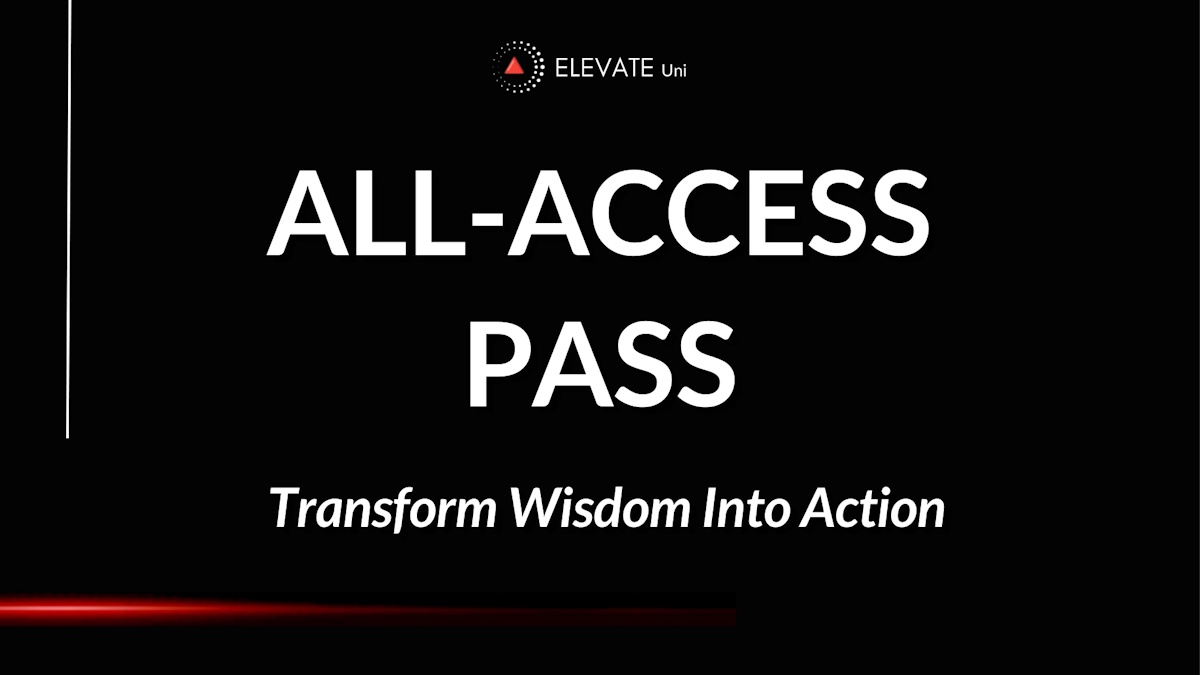Sway: Summary Review
This is a summary review of Sway containing key details about the book.
What is Sway About?
"Sway: The Irresistible Pull of Irrational Behavior" by Ori Brafman and Rom Brafman is a book that explores the concept of "sway," or the irrational forces that influence our decisions and behavior.
Sway is a fascinating insight into the way we all behave and will change the way you view the world. Looking at irrational behaviour in fields as diverse as medicine, archaeology and the legal system, they chart the psychological undercurrents that influence even our most basic decisions. In doing so they draw on the latest research in social psychology and behavioural economics to reveal the irresistible forces that sway us all.
Book details
- Print length: 206 pages
- Genre: Psychology, Nonfiction, Business
Main Lessons
A few impactful summary lessons from Sway: The Irresistible Pull of Irrational Behavior:
1. Fear of Loss Shapes Short-Term Decisions
Loss aversion is a powerful psychological force that often sways our decisions. The fear of losing something valuable frequently outweighs the potential of gaining something of equal worth. This tendency pushes people to make hasty, short-term decisions, prioritizing immediate security over long-term benefits. An illustrative example is when a driver risks overtaking slowly-moving traffic, despite the danger, just to save a few minutes. This irrational fear of losing time overpowers the rational calculation of safety. In more significant scenarios, like wars or personal investments, individuals stick with losing choices, hoping for a turnaround. The lesson here is that by acknowledging our instinct to avoid loss, we can take a step back, reassess, and focus on long-term outcomes rather than being swept away by immediate emotions.
2. Love and Commitment Often Cloud Judgment
Commitment bias makes it hard to abandon something we’ve invested in, even when it no longer serves our best interests. This bias is prevalent in relationships, where partners often overlook red flags because they are too committed to their initial feelings. Interestingly, outsiders, like friends or family, often have a clearer perspective on the relationship’s viability. The same holds true in other life decisions—whether sticking with a failing project or a flawed belief, people resist change to maintain consistency with their past commitments. The real challenge is stepping outside the emotional bubble and objectively evaluating the situation, which can help make decisions that are more aligned with reality rather than justifying past choices.
3. Perception of Value Influences Our Actions
Our perception of value can dramatically alter how we behave, even when the real value is objectively different. A fascinating example from the book is when a world-class violinist played in a subway station, and passersby ignored him, assuming he was just a street performer. The context shaped their perception, proving that our initial impressions can significantly skew reality. Whether it’s a discounted product that feels less valuable or a prestigious item deemed superior merely because of branding, value attribution shapes our everyday decisions. To overcome this bias, it’s crucial to question our initial judgments and consider the true quality rather than surface-level impressions.
4. First Impressions Can Dictate Lifelong Perceptions
Diagnosis bias is the tendency to stick with an initial assessment even when evidence suggests otherwise. This bias often plays out in professional settings where early judgments about an individual’s potential can influence their career trajectory. For instance, NBA players drafted later are often perceived as less talented, even when their performance matches or exceeds early picks. This bias, rooted in the first impression, can hinder opportunities and lead to persistent misjudgments. To combat this, it’s essential to reassess opinions regularly and remain open to changing perceptions when presented with new information.
5. The Quest for Fairness Can Lead to Irrationality
Human beings have an innate desire for fairness, even when it contradicts their best interests. Studies show that people would rather reject an unfair offer altogether than accept a small gain perceived as unjust. This inclination is deeply ingrained and varies across cultures but often leads to decisions that are more emotionally driven than rational. For instance, in negotiations, people may walk away from deals simply because they don’t feel fairly treated. Understanding that fairness is subjective and culturally relative can help mitigate impulsive reactions rooted in this bias.
6. Money Can Undermine Motivation
Introducing financial incentives into situations where intrinsic motivation exists can backfire. This phenomenon, known as the crowding-out effect, occurs because offering money can shift the perception of a task from being socially or morally driven to purely economic. An example from the book discusses how townspeople were less willing to host a waste dump when offered monetary compensation. To maintain motivation, especially in tasks requiring creativity or passion, it’s better to focus on non-monetary incentives like recognition or personal growth.
7. Diverse Opinions Lead to Better Decisions
Dissent plays a crucial role in avoiding groupthink and fostering well-rounded decisions. Groups that embrace differing opinions, rather than seeking unanimous agreement, tend to reach more balanced conclusions. The book illustrates this through the example of the Supreme Court, where dissenting opinions, even when not immediately influential, often shape future rulings. In team settings, having a designated “devil’s advocate” can encourage critical thinking and prevent the pitfalls of consensus-seeking behavior.
8. Bias Awareness Is the First Step to Rational Thinking
The Brafman brothers emphasize the importance of self-awareness in combating cognitive biases. It’s not enough to simply know that biases exist; one must actively reflect on personal decisions and challenge automatic thought patterns. Techniques like pre-mortem analysis, where one envisions a project’s failure and examines possible reasons, can be effective in mitigating biased thinking. Continual self-improvement and mindfulness are vital in making more objective choices, whether in personal life or professional settings.
Key takeaways from Sway
Some key summary points and takeaways from the book include:
* Our decisions and behavior are often influenced by irrational forces, such as emotions, biases, and social pressure, rather than by logic and reason.
* Understanding the concept of sway can help us make better decisions and avoid falling prey to the influence of irrational forces.
* Sway can be seen in many areas of life, such as decision-making, marketing, and negotiation, and it can have a significant impact on our behavior and outcomes.
* We can minimize the influence of sway by being aware of our biases, avoiding groupthink, and seeking out diverse perspectives and information.
* The authors provide a framework for recognizing and mitigating the impact of sway, including strategies for questioning assumptions, avoiding overconfidence, and seeking out outside perspectives.
* The concept of sway is relevant to individuals, organizations, and societies, and it is a valuable tool for understanding why we do what we do and how we can improve our decision-making.
* Overall, "Sway" provides a thought-provoking and insightful exploration of the forces that shape our behavior, and it offers practical strategies for avoiding the pull of irrational behavior and making better decisions.
Who is the author of Sway?
Ori Brafman is the author of The Starfish and the Spider (Portfolio, 2007). He lectures internationally in front of Fortune 500, government and military audiences. He also serves on the boards of non-profit organisations A Home Within and The Plexus Institute.
What are the chapters in Sway?
Chapter 1 Gut Instinct
Chapter 2 The Dawn of Time
Chapter 3 All in Your Head
Chapter 4 Back in Your Box
Chapter 5 Bobbsey Twins
Chapter 6 Hindsight is 20/20
Chapter 7 Sugar and Spice
Chapter 8 It's Not Black and White
Chapter 9 Swipe Right for a Match
Chapter 10 I Hear You, I Say
Chapter 11 I'd Blush If I Could
Chapter 12 Good Intentions
What is a good quote from Sway?
Top Quote: “Having a long-term plan--and not casting it aside--is the key to dealing with our fear of loss" (Meaning) - Sway Quotes, Ori Brafman
What do critics say?
Here's what one of the prominent reviewers had to say about the book: "A breathtaking book that will challenge your every thought, Sway hovers above the intersection of Blink and Freakonomics." — Tom Rath, coauthor of the New York Times #1 bestseller How Full Is Your Bucket?
→ Get the book on Amazon or discover more via the author's website or social channels.
* The publisher and editor of this summary review made every effort to maintain information accuracy, including any published quotes, lessons, takeaways, or summary notes.
Chief Editor
 Tal Gur is an author, founder, and impact-driven entrepreneur at heart. After trading his daily grind for a life of his own daring design, he spent a decade pursuing 100 major life goals around the globe. His journey and most recent book, The Art of Fully Living, has led him to found Elevate Society.
Tal Gur is an author, founder, and impact-driven entrepreneur at heart. After trading his daily grind for a life of his own daring design, he spent a decade pursuing 100 major life goals around the globe. His journey and most recent book, The Art of Fully Living, has led him to found Elevate Society.




